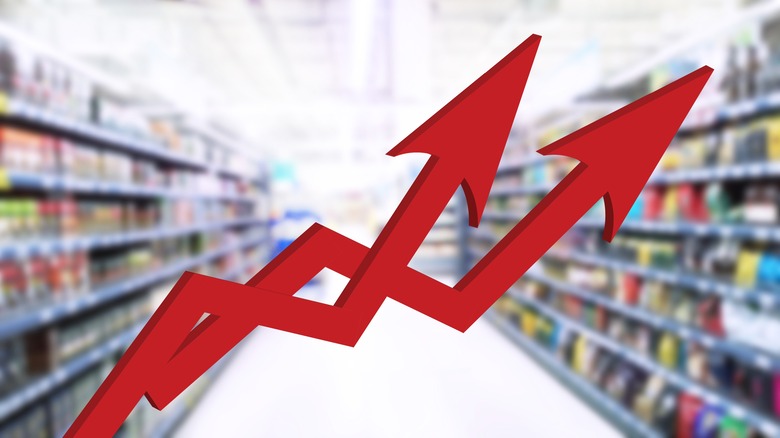Consumer Price Index For June Shows Food Inflation Keeps Getting Worse
The cost of living seems to continue rising as shown by the United States Bureau of Labor Statistics released their Consumer Price Index (CPI) report for the month of June this week. It shows that inflation and other contributing factors have driven the cost of "food-at-home" up by 12% from the year before. The CPI is used by the Bureau of Labor Statistics to "show the average change in prices for urban consumers over time."
Last week, data from the Food and Agriculture Organization of the United Nations showed that global food prices dropped slightly for the month after several months of escalation. Experts at the Sosland Publishing Purchasing Seminar also predicted that prices would begin to slowly drop through the rest of 2022. These estimates may have inspired some optimism against the rising cost of living, but the CPI and the Datasembly Grocery Price Index seem to show that prices aren't likely to return to normal soon. This comes as protests related to food insecurity are occurring across the globe and have already contributed to a governmental regime change in Sri Lanka.
Inflation continues to affect grocery prices
Grocery Dive notes that this CPI report marks the sixth straight month in which the food-at-home index rose by 1%. Bloomberg states that this report also showed the largest overall consumer price escalation since 1981 with a 9.1% increase. Some of the largest increases were for cereal and baking products, which rose 2.1%. Grocery Dive notes that this is likely caused by the 5.3% rise in flour prices during the period. Research firm Datasembly also reported a rise in their Grocery Price Index. Some of the most shocking figures show how prices are rising with staple foods that many families depend on. It reported a 7.6% jump in the price of baking goods as well as a 6.9% increase in the dairy and egg category.
CNBC reports that these continued escalations of consumer prices are a sign that inflation has not slowed despite the Federal Reserve's best efforts. It has issued some of the highest interest rate hikes since the 1990s to try and contain these price increases (via NPR). According to CNBC these reports may be a sign for the Federal Reserve to consider more drastic interest rate rises in the near future if they hope to avoid a recession.

